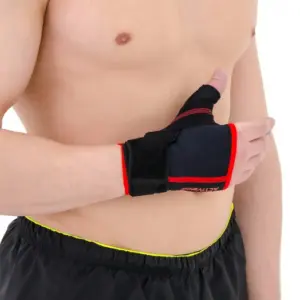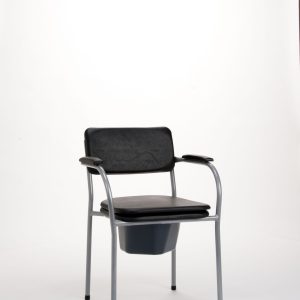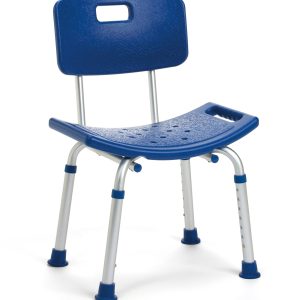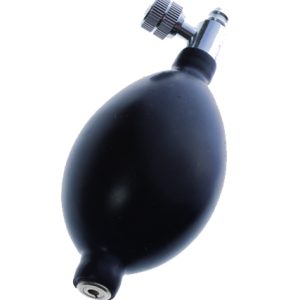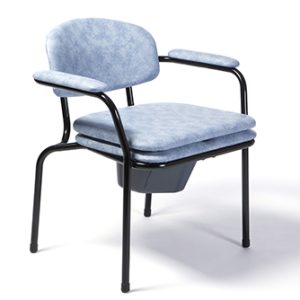Your cart is currently empty!

Hallux – Don’t be defeated by a hallux valgus toe
Fight against hallux valgus – hallux of the big toe!
The most important thing to realize is that hallux valgus (hallux, hallux , also commonly called hallux of the big toe), is not just a cosmetic problem. Hallux is an orthopedic ailment associated with degenerative disease in the foot. Taking action to stop the worsening of the problem is not a display of vanity, but a concern for health.
A painful bump is usually the end result of a long process of aggravation of abnormal foot function. Inflammation, that is, painful redness, swelling and pain in the big toe should not be an everyday occurrence for anyone. By acting prophylactically on the hallux and protecting the foot from the consequences of its buildup, i.e. calluses, corns, a tailor’s knuckle and deformation of other toes, as well as limited movement of the big toe, a marked improvement in quality of life can be felt very quickly.
Co to jest haluks?
A hallux valgus toe is otherwise known as a deformity of the metatarsophalangeal joint. As a result of such a deformity, the first metatarsal bone twists, pointing to the outside of the foot, while the big toe undergoes lateral deviation toward the other toes, which is why the problem is referred to as “hallux valgus of the big toe.”
Przyczyny powstawania haluksów

W głównej mierze odpowiedzialne są geny. Jeżeli któreś z rodziców ma haluksy, szanse na przekazanie ich potomstwu są bardzo duże.
Najczęściej przekazuje się tendencje w linii żeńskiej – zmiany dotykają kobiet nawet 9 razy częściej niż mężczyzn. Spowodowane jest to budową kobiecych stóp, których układ mięśniowo–więzadłowo–stawowy jest znacznie słabszy. Męskie stopy mają twardsze więzadła, co sprawia, że stopa jest bardziej zwarta i odporna na powstawanie deformacji. U mężczyzn występuje też mniej ruchomy układ stawowy, dzięki czemu rzadziej są narażeni na deformację palucha. Poza tym – halluxy są chorobą cywilizacyjną. To zniekształcenie występuje głównie wśród członków populacji noszących buty. Dodajmy do tego, że przyczyną jest nie samo obuwie, a raczej jego nieodpowiedni kształt, wysoki obcas oraz wąskie noski. Niestety mało osób zdaje sobie sprawę że tzw. szpilka powoduje duże przeciążenie przedniej części stopy, czego skutkiem jest niewłaściwe ułożenie palców. Jeśli do tych czynników dodamy nadwagę osoby z predyspozycją genetyczną lub jej stojący tryb pracy – koślawy paluch mamy niestety gwarantowany.
Predyspozycje zmieniają się w bolesną deformację
Hallux in its early stages is often underestimated. As long as the patient is not in severe pain and the deformity is not yet obvious, he delays consultation with a specialist. Treatment is expected with an already advanced form. Diagnosis of hallux valgus (hallux of the big toe) is made on the basis of visible changes and symptoms reported by the patient. Under the influence of toe deformities, the biomechanics of the foot changes: the weight of the body is not evenly distributed, the toe is no longer a good point of support for the foot.
W wyniku tego pogarsza się wytrzymałość struktur podtrzymujących i stabilizujących stopę. Mięśnie zostają osłabione, a w niektórych przypadkach dochodzi do zapalenia torebki stawowej. W przypadku mniej zaawansowanego stadium patologii można zastosować leczenie zachowawcze, polegające na noszeniu specjalnych wkładek ortopedycznych, klinów czy aparatów, które odprowadzają paluch na zewnątrz. W przypadku znacznych dolegliwości bólowych, przerostu nasady dalszej śródstopno-paliczkowego palucha, wskazane jest przeprowadzenie zabiegu operacyjnego. W zaawansowanej postaci omawianej patologii występować mogą dolegliwości bólowe już nie tylko w obrębie palucha, ale obejmujące obszar niemal całej stopy.
Pojawiają się deformacje pozostałych palców, znane jako palce młotkowate. Zniekształcenia te prowadzą do rozwoju zmian zwyrodnieniowych, a czasami zdarza się, iż paluch krzyżuje się z palcem II lub skręca się wokół własnej osi. Takie objawy znacznie utrudniają poruszanie się oraz stwarzają problemy ze znalezieniem obuwia
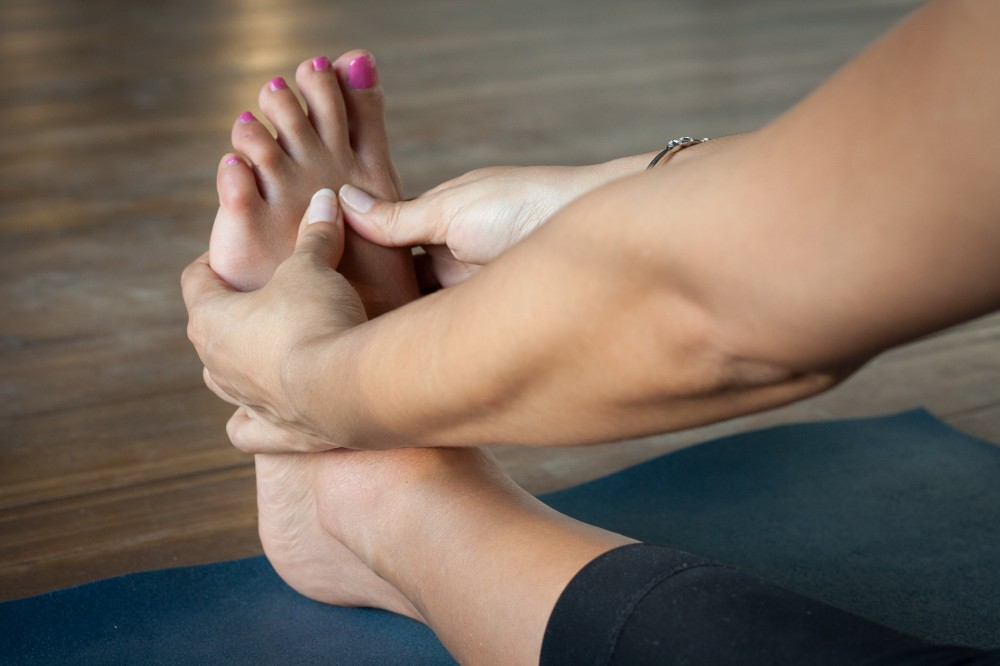
Profilaktyka haluksów
About prevention in the shortest terms: take care of your feet! Easy to say, harder to comply with even basic requirements. People at risk for clubfoot should maintain a normal body weight so as not to overload muscles, ligaments and tendons with excessive pressure from their own weight. If it is necessary to stand for a long time, crisscross from leg to leg or squat if possible, relieving pressure on the feet. It is best to use shoes with a flat sole or small heel, without narrow noses or other elements that cause unnecessary pressure. Regular foot exercise, indeed any exercise that engages the feet, will also help.
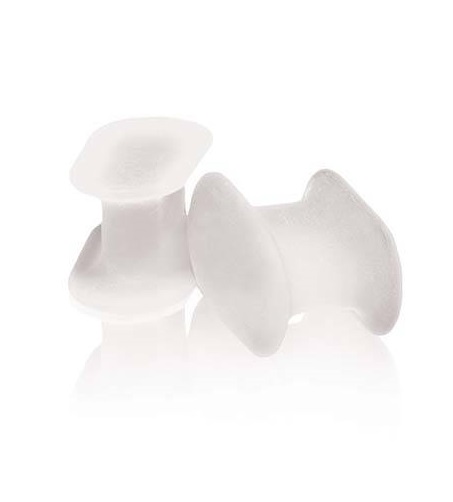
Jeśli jednak wydaje nam się to za mało, bo halluxy już się u nas pojawiły – w sklepach medycznych dostępne są specjalne pomoce medyczne, do stosowania na każdym etapie zaawansowania zmian.
Podstawową pomocą są plastry na haluksy bądź żelowe osłonki – ich zadaniem jest równomierny rozkład sił działających na duży paluch oraz niwelowanie ucisku (klin z osłonką Comfort Plus). Czasem plastry te są nasączone substancjami o działaniu leczniczym, zapobiegają wówczas powstawaniu otarć oraz zmiękczają stwardniałą skórę halluksa. Istnieją także aparaty korekcyjne, które można stosować w celu zniwelowania odgięcia palucha (aparat korekcyjny Marcin). Ich zaletą jest fakt, że mogą być stosowane nocą w trakcie snu oraz, że można samodzielnie regulować siłę korekcji ustawienia palucha. Są też aparaty do zakładania na co dzień, do chodzenia, pozwalają one również na osiągnięcie satysfakcjonującego efektu. Aparat taki wygląda jak swego rodzaju opaska czy opatrunek, który za pomocą taśm pozwala na stopniową korekcję odgięcia palucha z powrotem do położenia fizjologicznego (aparat korekcyjny Marcin II oraz Marcin II Lux).
Nowością są aparaty korekcyjne zaprojektowane tak, by mogły być stosowane w trakcie dnia- zapewniają one wówczas prawidłowe ułożenie palucha podczas chodzenia i nie przeszkadzają w noszeniu obuwia (aparat Bunito Duo).
Bardzo ważne jest, aby zadbać o właściwe położenie palucha w trakcie chodu, dlatego wkładki te cieszą się rosnąca popularnością. Pewną odmianę aparatów korekcyjnych stanowią kliny, nazywane inaczej separatorami (kliny międzypalcowe Comfort). Są to wkładki wprowadzane pomiędzy duży palec u stopy a palec sąsiadujący, których zadaniem jest odciążenie palców, niwelacja tarcia pomiędzy nimi oraz eliminacja bólu związanego z nachodzeniem na siebie palców. Wkładki te należy zdejmować na noc, mogą być one myte i używane wielokrotnie.
Wyleczyć haluksa?
Conservative treatment can be effective in a proportion of patients with little pathology. Adequate lifestyle changes, weight reduction, exercise, shoe changes and extensive rehabilitation can give good treatment results. Unfortunately, when the changes in the foot are advanced, only surgical correction of the hallux valgus toe can bring cure or improvement. As a result of soft tissue plasty, full correction of hallux valgus toes can be achieved in cases of incipient pathology, with a small angle of deformity. When the deformity is advanced, with a high angle of deformity, the only treatment is various types of bone tissue procedures, supplemented by soft tissue plasticity.
Powikłania to nie żarty
Pojawienie się miejscowego stanu zapalnego to jeden z częstszych powodów, dlaczego halluksy są bolesne. Zapaleniu może towarzyszyć zaczerwienienie, pieczenie, a także obrzęk i ból na wysokości stawu śródstopnego lub ból palucha. Postępujący charakter choroby może doprowadzić do dodatkowych zmian w obrębie stopy takich jak: palce szponiaste, palce młotkowate, metatarsalgia (dolegliwości bólowe w śródstopiu). Deformacja może powodować też zmiany sposobu chodzenia i ból w stawach kolanowych, a nawet w odcinku lędźwiowo-krzyżowym kręgosłupa.
Postępująca deformacja stopy objawiająca się paluchem koślawym, może prowadzić do płaskostopia poprzecznego. Płaskostopie może wystąpić, ponieważ ciężar ciała, który działa na zdeformowaną stopę jest rozłożony nierównomiernie – obciążone zostaje przodostopie. Dodatkowo II palec stopy unosi się i nachodzi na skrzywiony w jego stronę paluch. Stopa traci swoją prawidłową budowę – efektem – obniżony łuk poprzeczny stopy a w końcu jego całkowity zanik. Dodatkowo, wraz z postępującym zniekształceniem koślawym palucha na podeszwie stopy mogą się pojawić bolesne modzele, będące efektem przeciążenia i ucisku zdeformowanych kości.
The hallux valgus toe, due to the accompanying other deformities of the foot, changes in its normal function and symptoms from other toes, is not a single defect but a whole complex of forefoot deformities. Nowadays, there are a number of therapeutic methods by which the pain can subside and the foot can regain its normal shape and function.
Czym jest hallux valgus?
Hallux valgus, potocznie nazywany paluchem koślawym, to deformacja stopy, w której paluch odchyla się od pozostałych palców, powodując ból i dyskomfort.
Jak można leczyć hallux valgus?
Leczenie hallux valgus może obejmować ćwiczenia wzmacniające, stosowanie ortez, masaż, noszenie odpowiedniego obuwia oraz, w przypadku zaawansowanej deformacji, zabiegi chirurgiczne.






